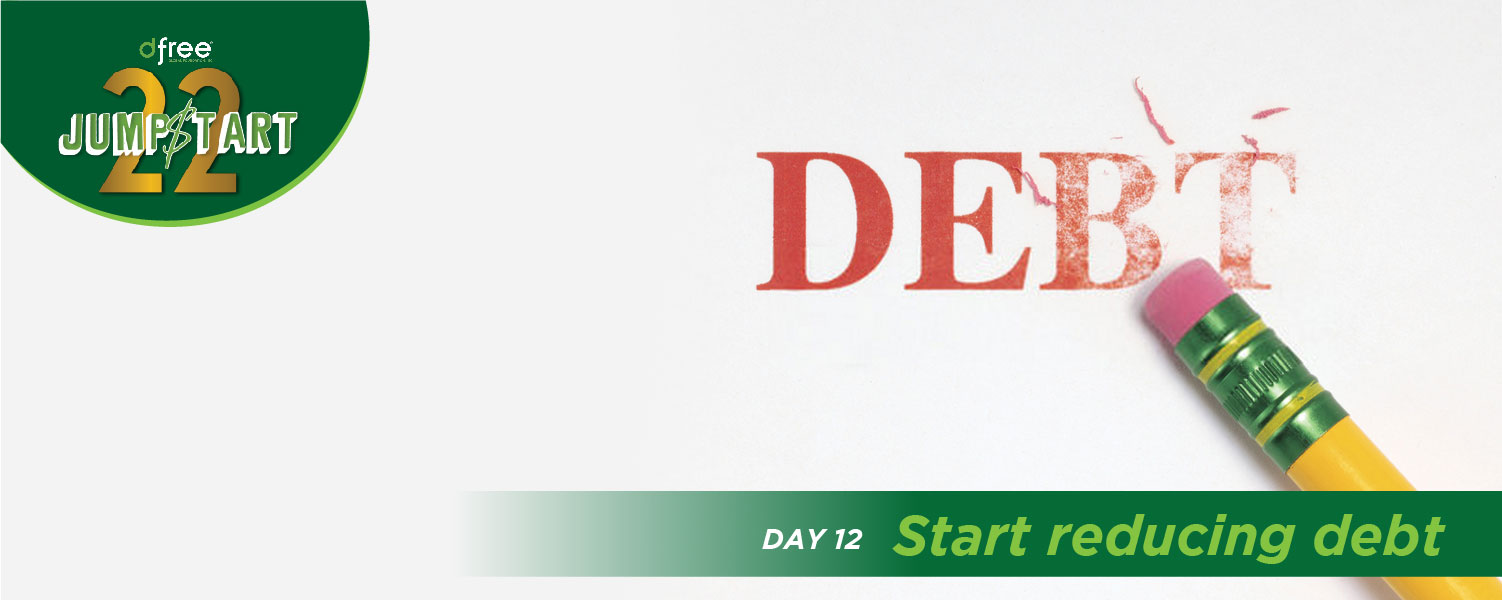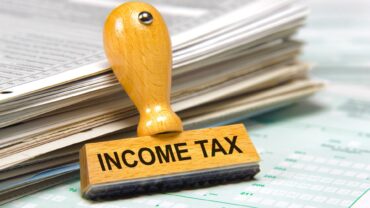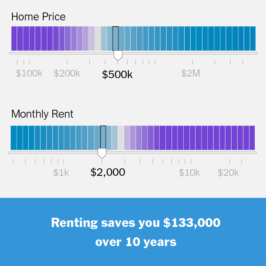A basic method you can use to start paying off debt is called the debt snowball method which is as follows:
- List all debts in ascending order, from the smallest balance to the largest. This is the method’s most distinctive feature: the order is determined by the amount owed, not the rate of interest charged. However, if two debts are very close in the amount owed, then the debt with the higher interest rate is moved toward the top of the list.
- Commit to pay the minimum amount on every debt except the smallest.
- Determine how much extra money can be applied toward the balance of the smallest debt.
- Pay the smallest debt’s minimum payment plus the extra money until the smallest debt is paid off. Note that some lenders (i.e., mortgage lenders, car companies) will apply extra amounts toward the next payment; in order for this payoff method to work, the lenders need to be contacted and told that the extra payments are to go directly toward principal reduction. Credit card companies usually apply the whole payment to the current cycle.
- Once a debt is paid in full, add the old minimum payment (plus any extra amount available) from the first debt to the minimum payment on the second-smallest debt, and apply the new sum toward repaying the second-smallest debt.
- Repeat until all debts are paid in-full.
You can get further support on how to start and continue applying the debt snowball method through our 12 Steps to Financial Freedom course available for free at www.mydfree.org.






